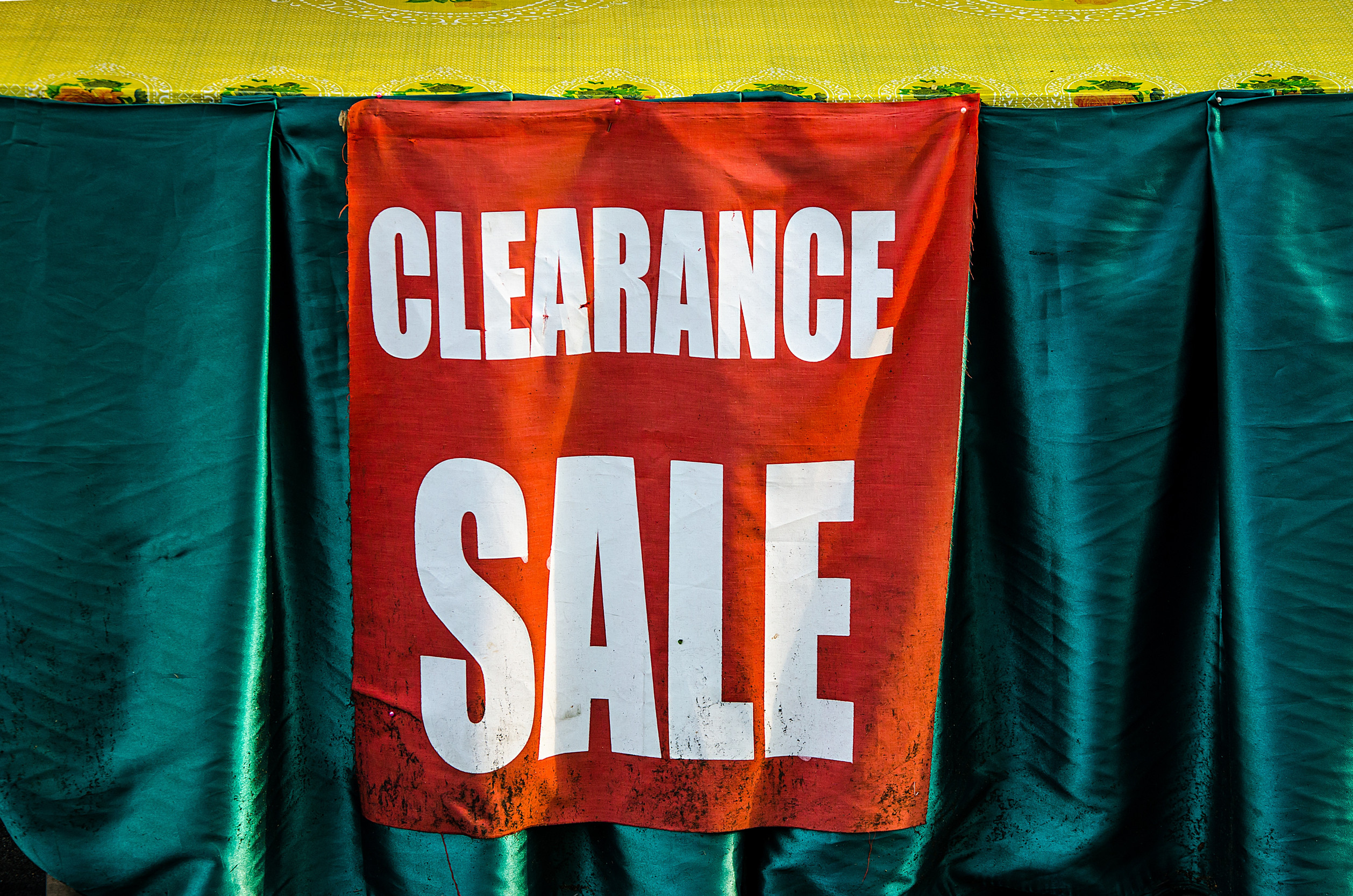
You’ve probably grabbed a bargain from the clearance bin—day‐old bakery items, “close to expiration” dairy, overstocked snacks—and felt smart about it. But have you wondered what happens to that same food if no one buys it? Understanding the fate of clearance bin food matters because it affects waste, public health, and whether stores really walk their talk on sustainability. For consumers who care about where their food comes from, and what happens if it doesn’t sell, knowing the behind-the-scenes can help you make informed decisions. Here’s a look at what usually happens after clearance bin items go unsold, and what you can do to help.
Markdowns Then Removal
Stores often try one final attempt to sell clearance bin food by marking it down steeply. As the expiration date or “best by” window nears, prices are slashed to tempt buyers. If that doesn’t work, items are pulled from display or removed from the clearance bin altogether. Removal might mean disposing of them or sending them for other use, but often, once removed, their chances of feeding someone greatly drop. So the markdown phase is a last-ditch effort to avoid waste.
Donations to Food Banks or Charities
If the clearance item is still safe to eat—meaning it hasn’t spoiled or deteriorated—stores may donate it to food banks or local charities. Major chains like Aldi, Trader Joe’s, Kroger, Whole Foods, and Walmart regularly give unsold but edible food to hunger relief organizations. These donations help reduce food waste and support communities in need. However, there are often strict rules about how close to expiry food can be, how it’s handled, and what charities are equipped to accept. If the item is past a point where safety could be compromised, donations aren’t an option.
Repurposing or Resale Options
Some items removed from clearance bins get repurposed rather than thrown out immediately. Bakery goods might be turned into day-old bread offerings; overripe produce might be used in prepared foods like soups or smoothies. In some cases, stores or secondary markets sell them at even deeper discounts through apps or “grab-bags” of surplus food. Yet not all clearance bin food is suitable for such repurposing—texture, spoilage, or regulatory restrictions can block reuse. So only part of the unsold clearance food can undergo creative reuse.
Animal Feed, Compost, or Food Waste Processing
When clearance bin food is no longer safe for human consumption, stores often use other pathways to prevent it from simply going to landfills. One common route is animal feed: items that are spoiled but non-toxic can feed livestock. Composting is another option for organic food that’s past its edible threshold. Some stores partner with waste/food rescue programs to convert leftover perishables into fertilizer or produce soil compost. These practices are more environmentally friendly than landfill disposal.
Landfill or Disposal as Last Resort
Unfortunately, if clearance food can’t be donated, repurposed, or safely composted, it often ends up in the trash. Many stores don’t have the infrastructure or partnerships to divert all unsold food to charitable or environmental uses. Logistics such as storage, transportation, liability around food safety, and the cost of handling spoiled goods often make disposal the “cheapest” option. The result: even clearance bin food, which had a chance to be used, sometimes contributes to food waste. Laws, local policies, and store practices vary widely in how often this happens.
What You Can Do to Reduce Food Waste from Clearance Bins
Knowing the full journey of what happens to clearance bin food empowers you as a shopper and citizen. First, purchase clearance items when possible—buying them helps reduce waste immediately. Second, support stores with strong donation or food rescue programs; if you can, ask or remind staff about them. Third, use “surprise bag” or surplus apps where available, since these can help capture food that might otherwise end up discarded. Fourth, safely store what you buy from clearance bins so it lasts—proper refrigeration, freezing, or cooking can reduce waste at home. Finally, advocate locally: policies that require or encourage stores to donate or compost unsold edible food help move entire systems forward.
You May Also Like
- 9 Clearance Bin Finds That Could Actually Be Dangerous
- Why Grocery Clearance Bins Might Say More About a Store Than Its Ads
- 6 Items That Grocery Workers Always Avoid on Clearance
- Grocery Clearance Tags Are Lying to You—Here’s Proof
- This Is Why You Should Never Skip the Clearance Section in Your Local Grocery Store
The post What Happens to Clearance Bin Food After Nobody Buys It appeared first on Grocery Coupon Guide.







